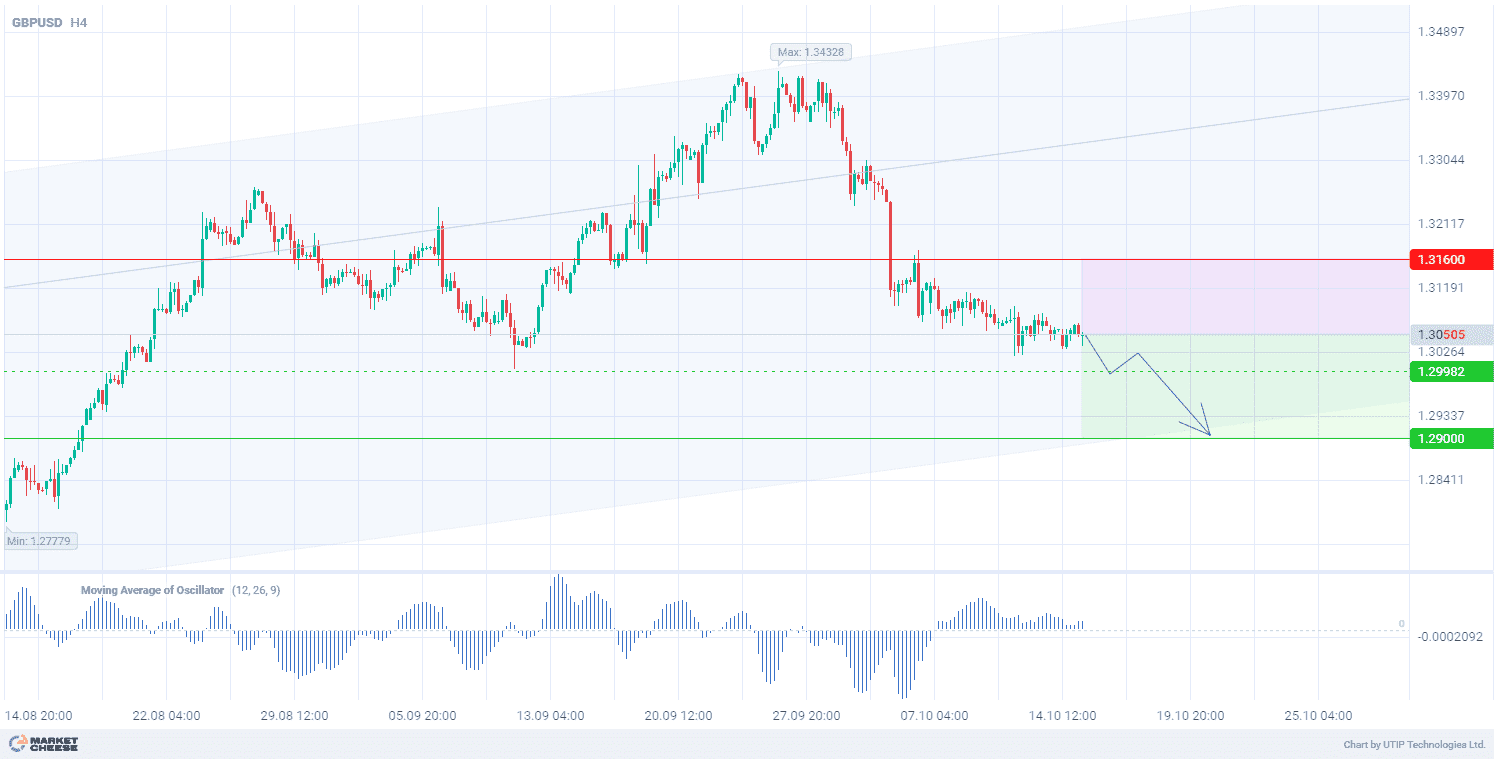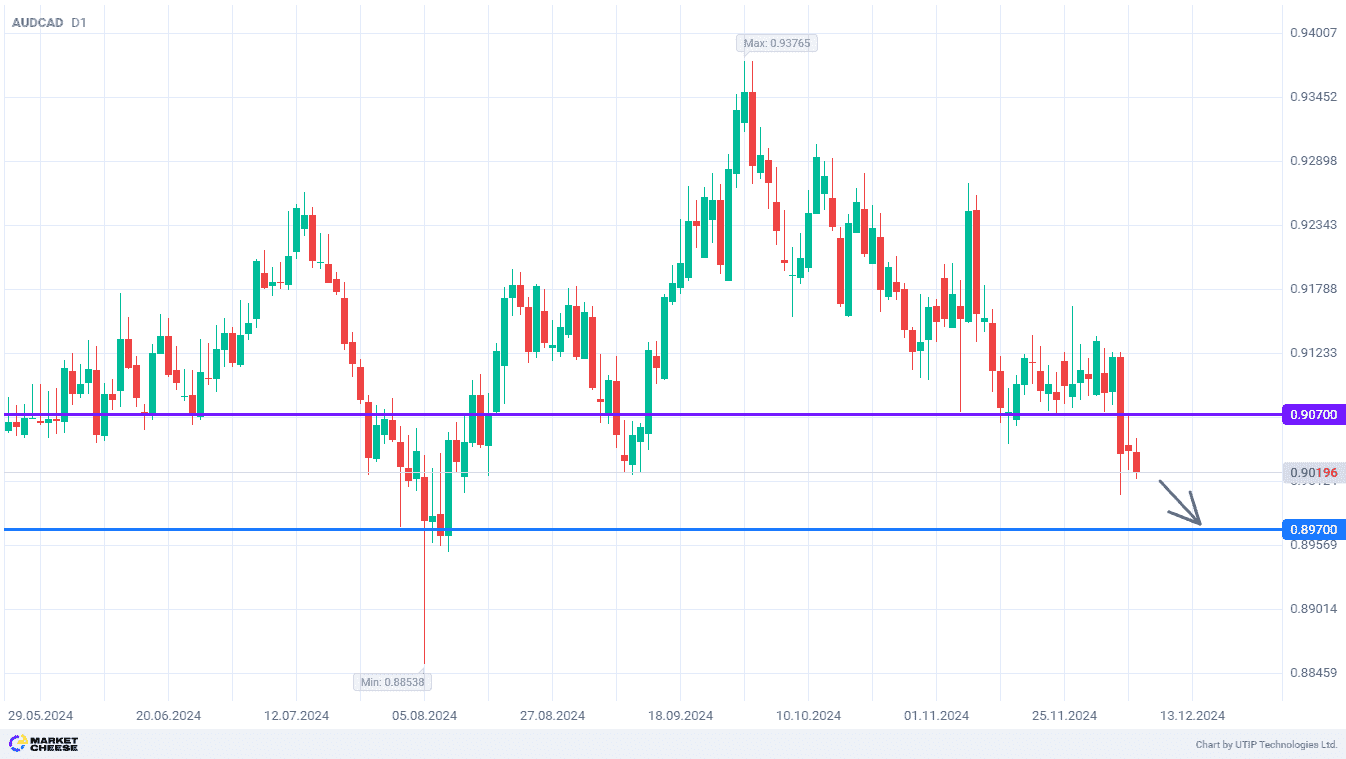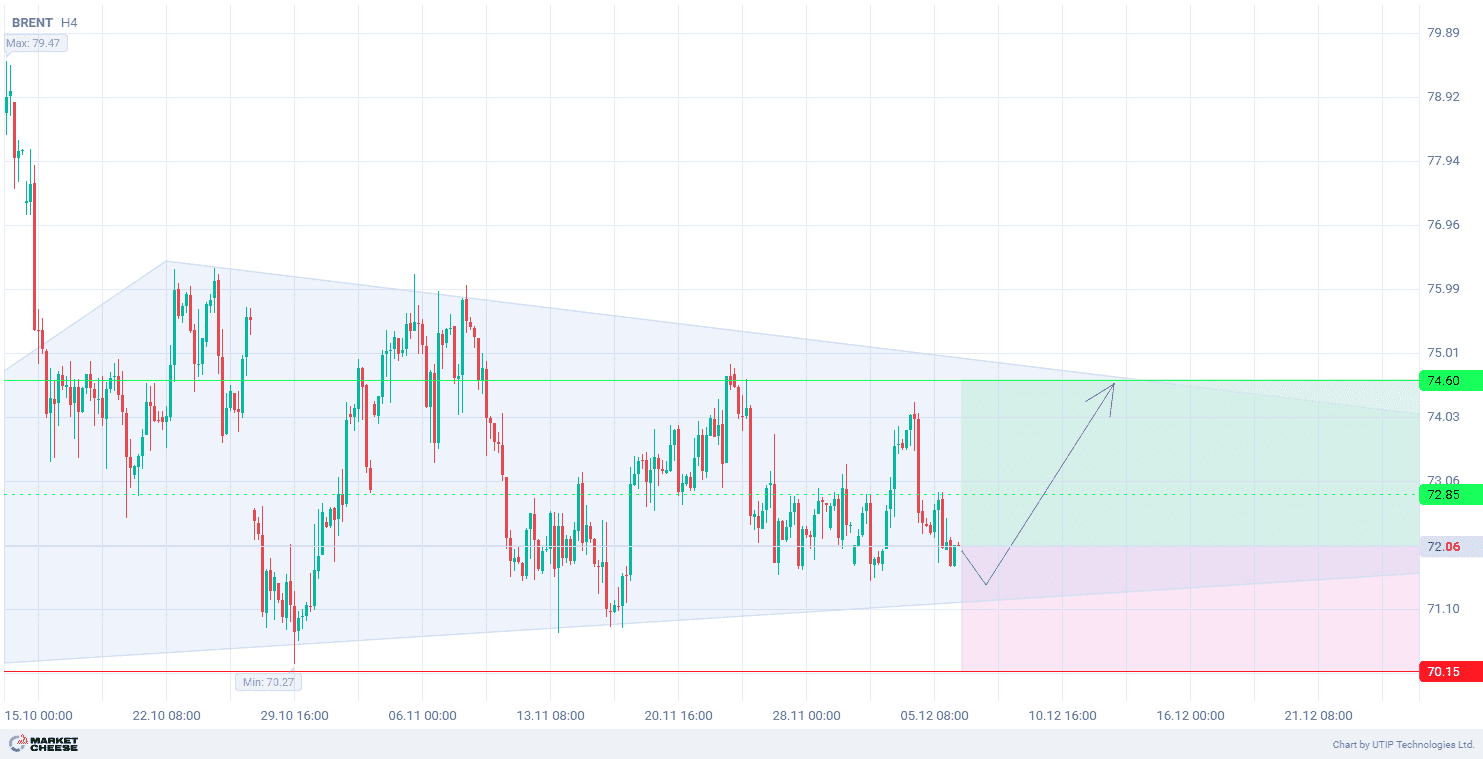The GBPUSD currency pair quotes are moderately declining on Tuesday as the market has received latest data on the UK labor market. Figures on jobless claims, unemployment rate, employment change, and wage indices have been published today, influencing investor sentiment.
According to the released data, UK jobless claims totaled 27,900, up from the previous figure of 20,200. The unemployment rate amounted to 4%. This is slightly lower than the previous value of 4.1%. At the same time, the employment change showed a significant increase of 373,000 compared to the projected 265,000. The Average Earnings Index fell to 3.8%, below expectations of 4.1%.
These data confirm some instability in the labor sector of the country, which may affect further monetary policy of the Bank of England. Despite this, the unemployment rate remains steady, holding back a more significant fall in the pound.
On the US side, investors’ attention will be drawn to this week’s data on retail sales, industrial production and jobless claims.
The US economy is showing resilience with a slight slowdown. Last week’s inflation data exceeded expectations. This led to a downward revision of forecasts on the likelihood of a larger reduction in borrowing costs by the Federal Reserve. According to the CME FedWatch, there is an 87% chance of a 25 basis point rate cut in November.
Technical data on GBPUSD shows the formation of an uptrend on the D1 timeframe. However, the width of this channel allows the price to form internal trends on the lower timeframes. The price is showing a downtrend on the H4 timeframe towards the channel support. The Moving Average of Oscillator indicator (with the parameters 12, 26, 9) is approaching the zero value, signaling the remaining downside potential for the price.
Short-term prospects of the GBPUSD currency pair price suggest selling, with the target at the level of 1.2900. Partial profit taking is recommended around 1.3000. A Stop loss is set at 1.3160.
Since the bearish trend is short-term, the trading volume should not exceed 2% of the total balance to reduce risks.










